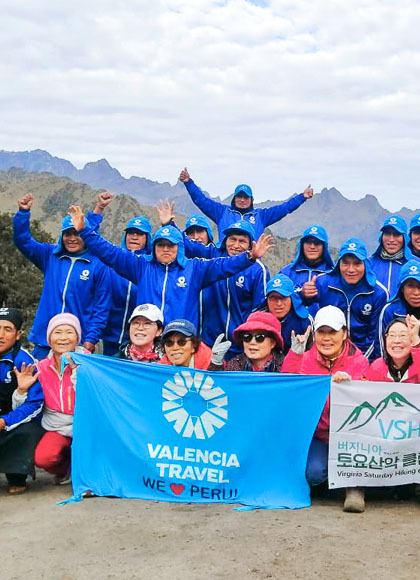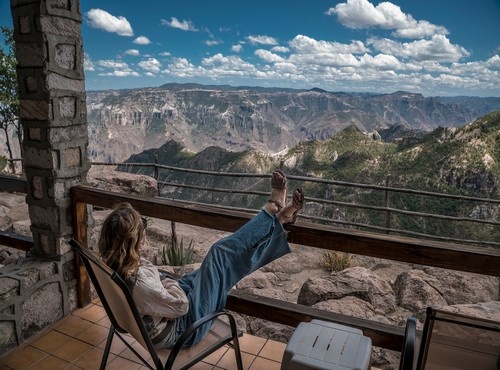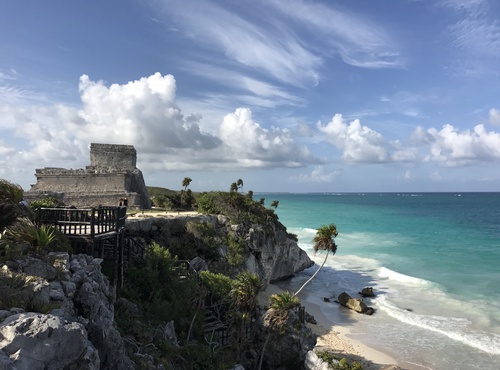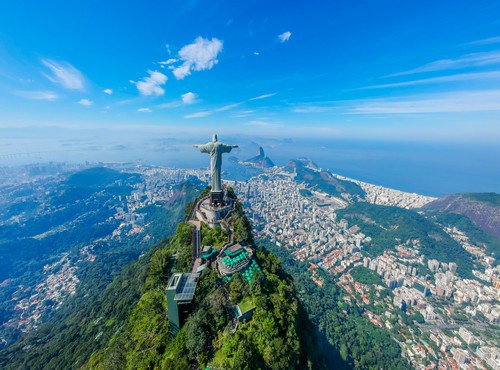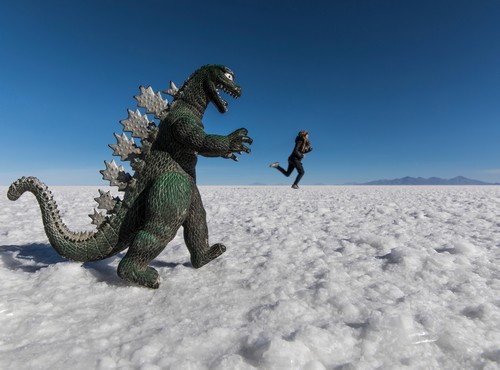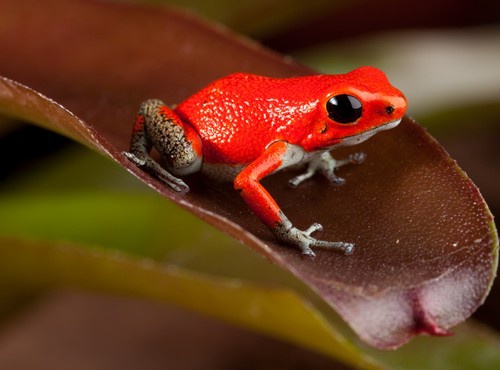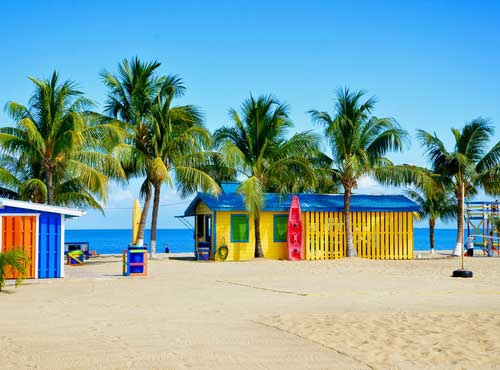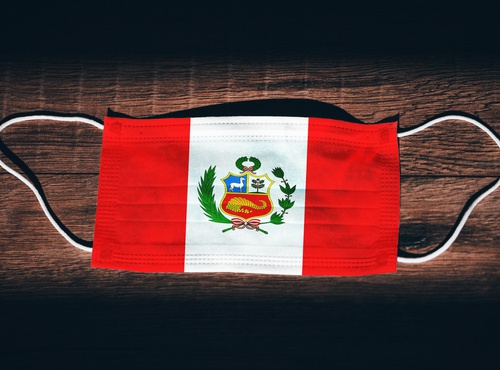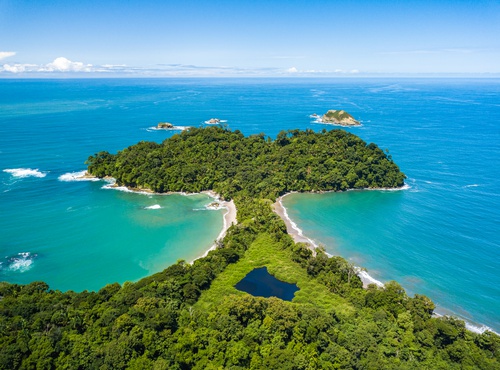
Written by:undefined undefined
Published: 18-04-2023
The Corcovado National Park in Costa Rica is a mind-blowing natural destination. Nature is at its most pristine and wild, as it should be in this remarkable part of the world. The Osa Peninsula still holds many surprises for those seeking to experience nature, and as The National Geographic says, it is "the most biologically intense place on Earth". Taking up a third of the remote and relatively hard-to-reach The Osa Peninsula in southwest Costa Rica, the Corcovado National Park is a place where those travelers in search of untamed nature and adventure should make a point of visiting. A place where being human makes you a minority species. Covering a third of the Osa Peninsula, its thirteen ecosystems are home to 500 species of trees, the largest primary forest on the Pacific coastline of the Americas, some 10,000 types of insect, 375 species of bird, 160 reptiles, and amphibian species, and 150+ types of mammal. There are jaguars, pumas, and ocelots, the Baird’s tapir, all six types of Costa Rican monkey, sloths, ant-eaters, and snakes, and the waters are home to bull sharks, crocs, caimans, turtles, whales, and dolphins. Costa Rica is lauded for its nature and Corcovado is the jewel in the Costa Rica Crown. Join Va Expeditions on this 9-day Off The Beaten Track Adventure to The Corcovado National Park.
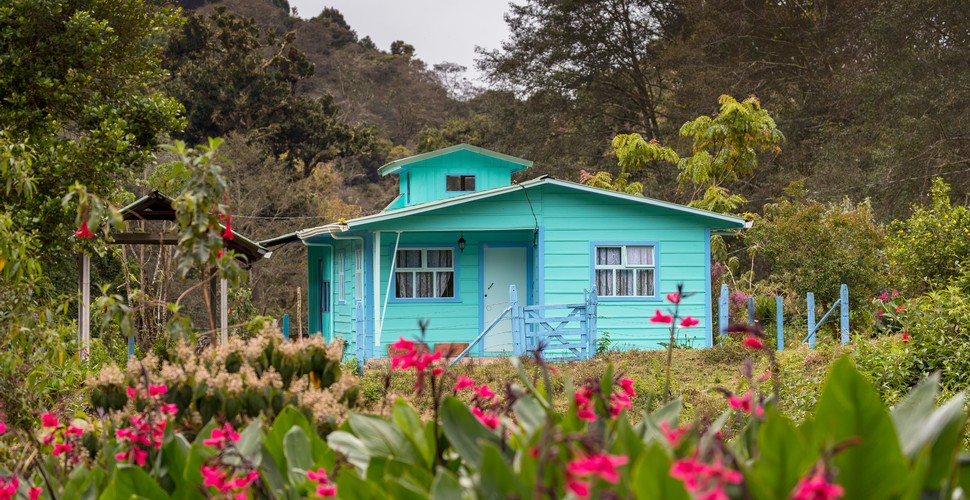
Corcovado National Park
Turrialba
Known for its abundance of nature, wildlife, and fertile soil, Turrialba’s economy has traditionally revolved around agricultural and dairy production. Today Turrialba is an authentic destination for outdoor adventure, eco-tourism, and agro-tourism activities Turrialba Volcano National Park has been making headlines the past year or so due to its frequent eruptions that have spewed ash all the way to San Jose, even closing down the SJO airport from time to time. Turrialba Volcano has been the most active volcano in Costa Rica for the past few years. This volcano is a favorite among Costa Ricans as it’s the second tallest volcano in Costa Rica and is just a 2.5-hour drive away from San Jose.Turrialba Volcano has 3 craters and two cones: Cerro Tiendilla and Armado. As the second tallest volcano in Costa Rica, Turrialba stands at 10958 feet (3339 meters) above sea level with two different types of forests. At the top of the volcano, there is a view of the Talamanca mountain range, Poas Volcano, and all the way to the Caribbean. Various birds and wildlife live in the Turrialba area including the Resplendent Quetzals, foxes, armadillos, and hummingbirds.
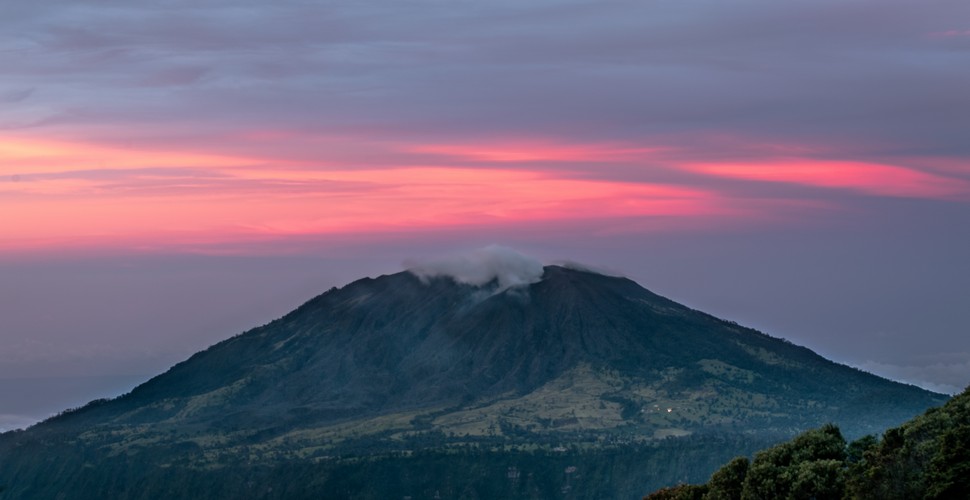
Turrialba Volcano
The Guayabo Archaeological Site is the most important historical site in Costa Rica dating back to 1000 AD. Hike the trails, learn about the ancient civilization that lived there, and see the ruins. It’s absolutely fascinating to hear about the ruins, and the technology of the people back then and to see the abandoned site for yourself. A “lost city” shrouded in jungle, Guayabo National Monument is simultaneously beautiful, mystical, and awe-inspiring. The area is believed to have been occupied by humans for about 2,400 years between 1000 BC and 1400 AD when it was mysteriously abandoned.
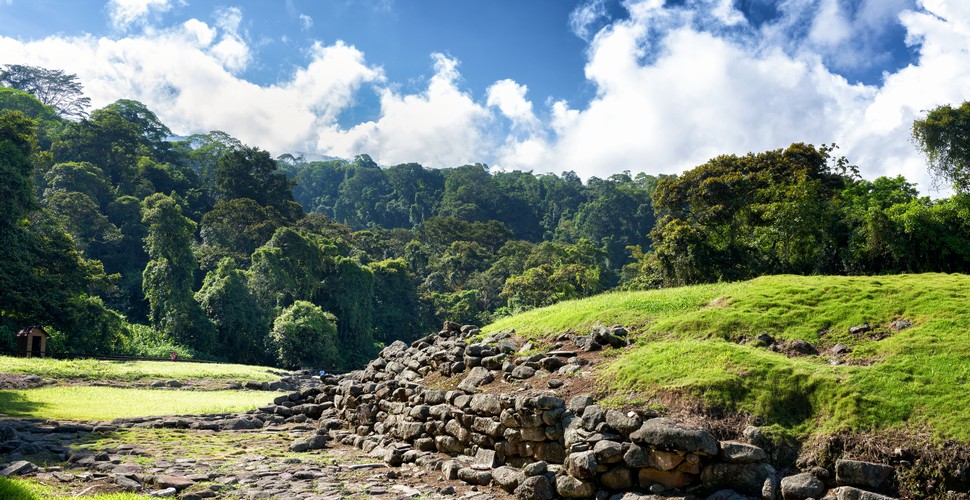
Guayabo Archaeological Site
CATIE, the Tropical Agricultural Research, and Higher Education Center, studies and researches everything that has to do with agriculture and sustainability. You can find all sorts of exotic fruit trees on their property, even the Robusta coffee that is illegal in Costa Rica. If you love agriculture, fruits, trees, and plants, then a visit to CATIE is a must. It is really interesting to hear about the research CATIE does and since the campus is so big, exploring it by bike is the best way to go.
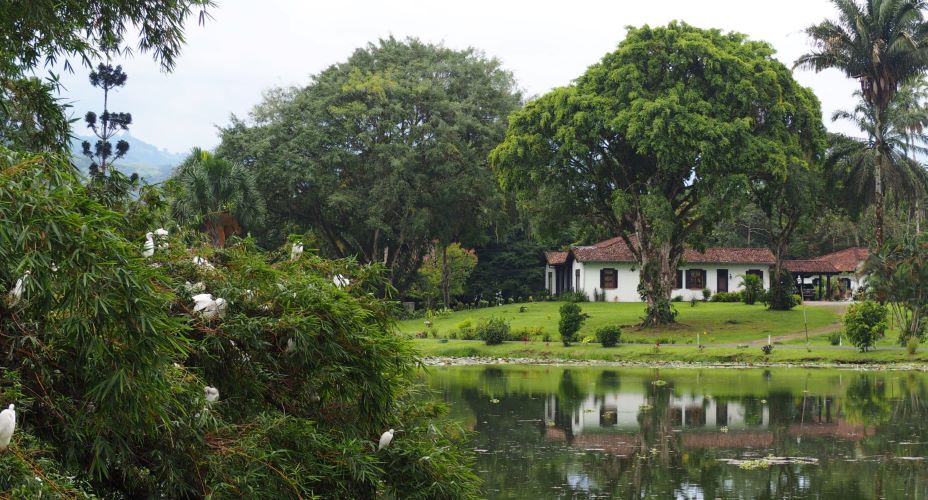
CATIE Agricultural Research Center
San Gerardo de Dota
Hidden away in the slopes of the Talamanca Mountain Range lays a small town called San Gerardo de Dota. Although not grand in size, it offers visitors year-round fresh mountain air, incredible birdwatching, and breathtaking cloud forest views. For these reasons, San Gerardo de Dota is an ideal destination in Costa Rica for hiking and nature lovers, looking for a city getaway. San Gerardo de Dota is famous for its birdwatching. The tropical cloud forest is home to many birds, the most notable is the Resplendent Quetzal which can be seen all year long in Dota. San Gerardo de Dota is known as the “Cuna de Los Resplendent Quetzales” as these birds can be seen year-round in the area. The best months to see Resplendent Quetzales in the Dota area is from about January to June as it’s their feeding and mating times. Other times of the year offers opportunities to see them as well but it is not guaranteed. There is a waterfall off of the Savegre River which is a 5-kilometer roundtrip trek. This trek offers stunning views and the Savegre waterfall. The river itself is absolutely beautiful with lush mossy trees and crystal clear waters.
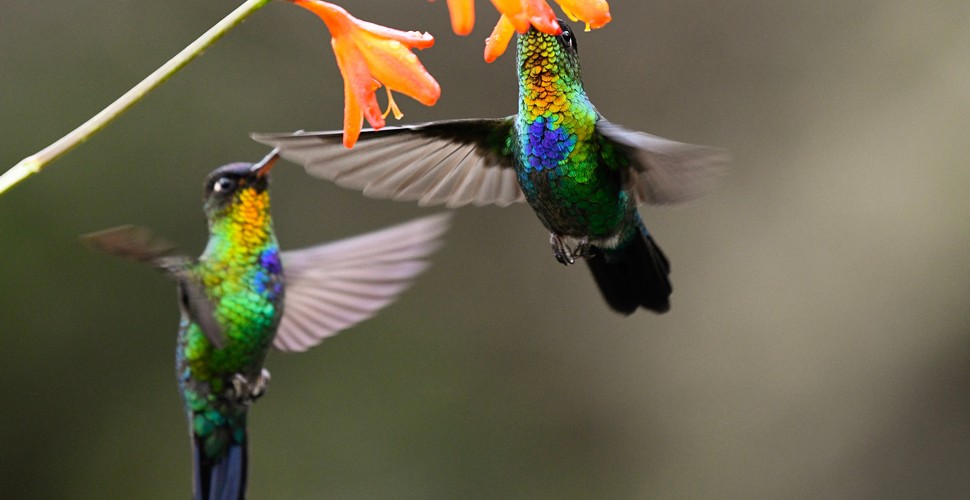
Hummingbirds in san Gerardo de Dota
Drake Bay
Drake Bay is a true Costa Rican gem and the gateway to Corcovado. It’s a small, sleepy fishing village with a laid-back vibe. You won’t find any big resorts or luxury hotels here, but there are plenty of small, family-run hotels and lodges also. Here, you can enjoy river tubing, horseback riding, whale and dolphin watching, and plenty of incredible sunsets. The town is located right on a gorgeous beach, and for nature lovers who enjoy remote locations, this place is pure paradise.
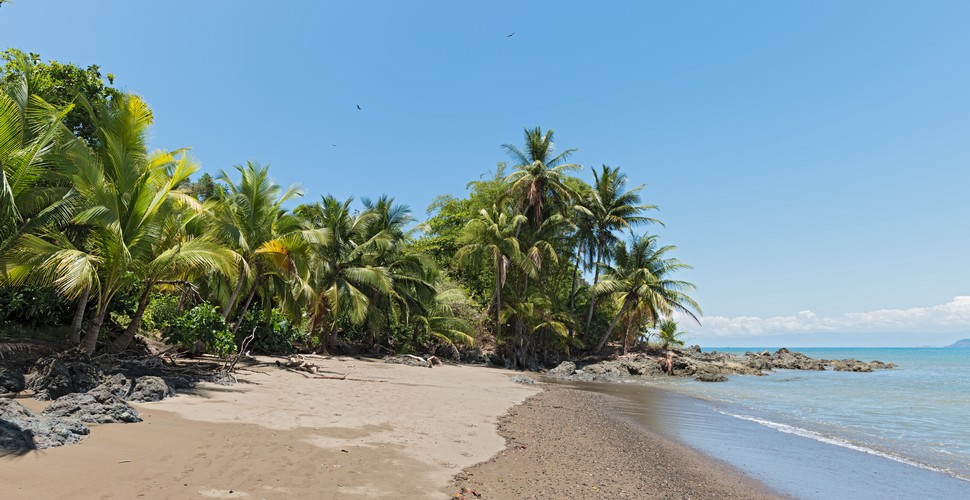
Drake Bay
Caño Island
Caño Island is one of the top places to snorkel and dive in Costa Rica and is home to fantastic underwater adventures and diverse marine life. This protected area is one of the best nature reserves in Costa Rica! This island near Drake Bay and off the coast of Uvita serves as a marine biological reserve and is home to bright blue waters, unique landscapes, and incredible flora and fauna as far as the eye can see. Generally, the eye can see pretty far as this area has good visibility and allows visitors to soak in everything that Isla del Caño, or Caño Island, has to offer. Having been called the second-best place to snorkel and dive in all of Costa Rica, Caño Island holds its own among the brilliant landscapes and biodiversity of this beautiful country. This island is a protected area managed under the Osa Convention Area known as the Caño Island Biological Reserve, which covers 2,900 hectares (7,166 acres). It has its own permanent ranger station on the island and maintains a role in keeping both wildlife and nature safe.
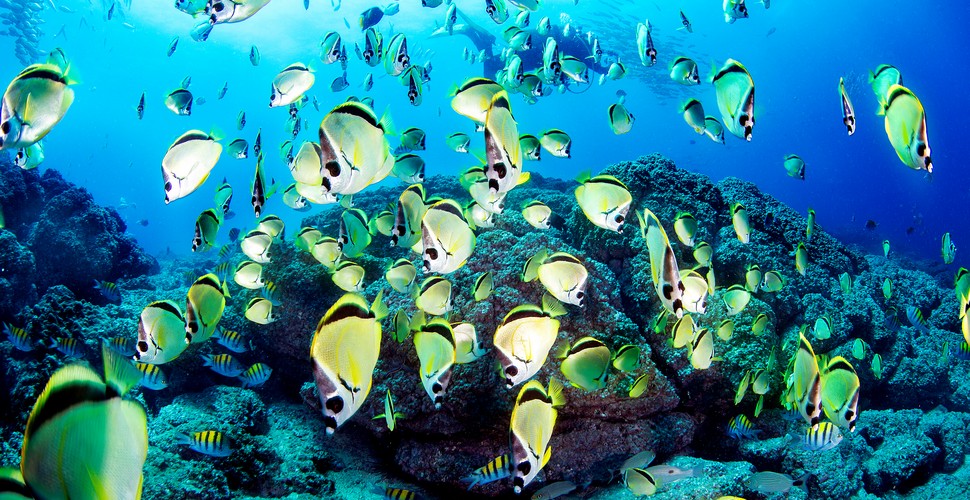
Diving off Caño Island
Join Va Expeditions on a truly remote adventure of the Corcovado national park in Costa Rica and explore the pristine nature that this off-the-beaten-track region has to offer. find out more here!






